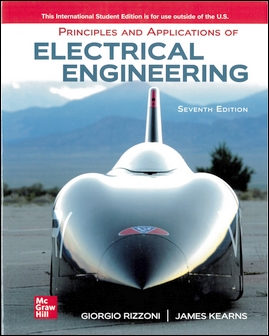書籍分類

Principles and Applications of Electrical Engineering 6/e (Abridged Edition 精簡本)
作者:Giorgio Rizzoni, James Kearns
原價:NT$ 1,230
ISBN:9789863411871
版次:6
年份:2015
出版商:McGraw-Hill
頁數/規格:872頁/平裝雙色
版次:6
年份:2015
出版商:McGraw-Hill
頁數/規格:872頁/平裝雙色
內容介紹 目錄
- Features of The Sixth Edition
- Learning Objectives offer an overview of key chapter ideas. Each chapter opens with a list of major objectives, and throughout the chapter the learning objective icon indicates targeted references to each objective.
- Focus on Problem Solving sections summarize important methods and procedures for the solution of common problems and assist the student in developing a methodical approach to problem solving.
- Clearing Illustrated Examples illustrate relevant applicants of electrical engineering principles. The examples are fully integrated with the Focus on Problem Solving material, and each one is organized according to a prescribed set of logical steps.
- Make the Connection sidebars present analogies that illuminate electrical engineering concepts using other concepts from engineering disciplines.
- Focus on Measurements boxes emphasize the great relevance of electrical engineering to the science and practice of measurement.




